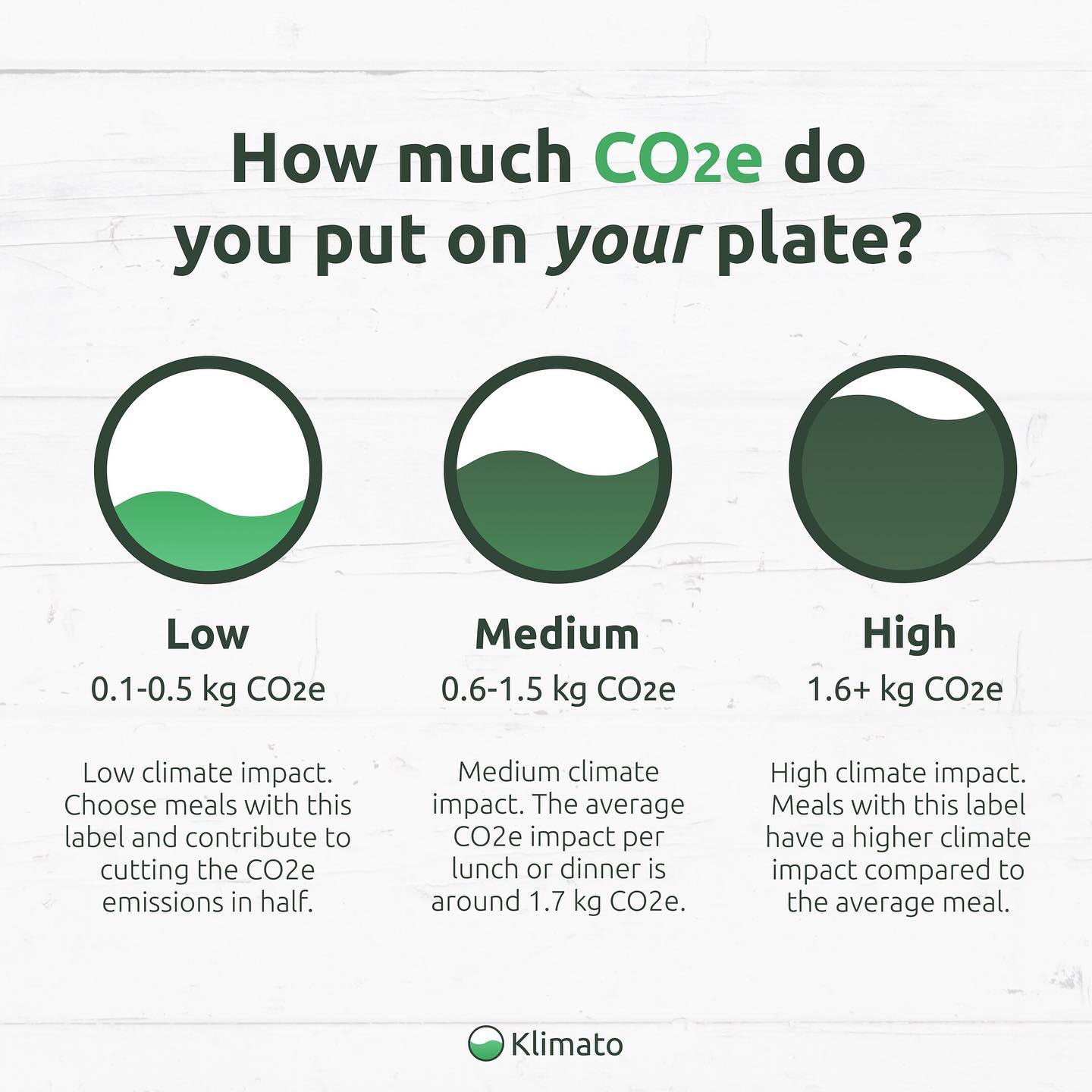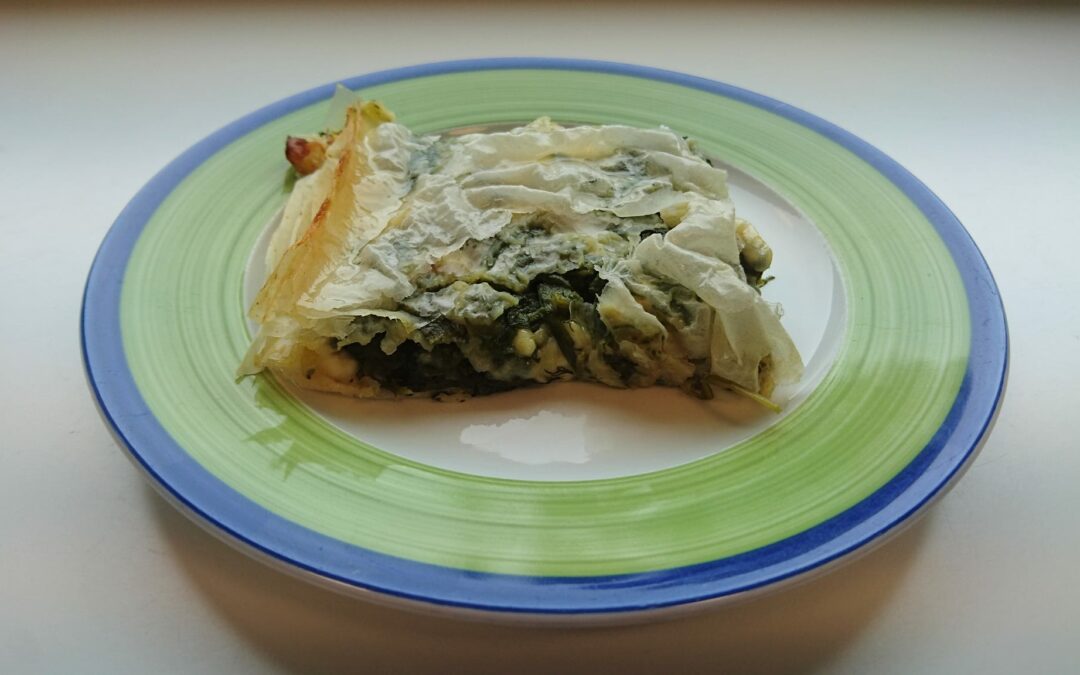In the past years, a group of professionals in Oslo municipality has been discussing how to better facilitate menu sharing among kindergartens and other public institutions, working to develop seasonal climate friendly menus.
As part of FUSILLI, the Agency for Urban Environment (AUE) in the City of Oslo, conducted a Research and Development project with company Klimato to better understand the specific needs of our public institutions. Klimato provides a web page with among others a carbon footprint calculator for chefs. Entering the project, Klimato’s main motivation was to better understand the needs of chefs in public institutions using the carbon footprint calculator, while we in the Oslo municipality were more interested in other functionalities such as sharing recipes and menus between institutions, which is included in the web page.

Image: Klimato
Klimato is a company which offers a platform where chefs can enter recipes into a carbon footprint calculator and get the carbon footprint of each ingredient and recipe. Recipes can be printed and shared or included in weekly menus which can also be printed and shared. The dashboard allows chefs to monitor the restaurants performance over time.
Project design
Our aim was to bring in a total of 9 public institutions to test the web page for 6 months (October 2021 – March 2022). However, only 1 public kindergarten, 1 after-school program (age 6-9), 2 nursing homes and the nursing home central kitchen, signed up. They were going to use the web page actively for 6 months, entering recipes and creating menus. AUE and Klimato offered continuous support including monthly meetings to help the test users and receive feedback.

Photo: Line Tveiten, Municipality of Oslo
Results
All test users found the tool intuitive and easy to use and became more aware of ingredients with a higher climate footprint. However, entering recipes was time consuming which soon became a barrier. Also, the Klimato database was sometimes lacking ingredients, which lead to incomplete recipes. Leaving out or substituting ingredients with something else was often unproblematic with respect to climate footprint calculation, but devastating with respect to having and sharing complete recipes. In the end, test users struggled to find the time to enter recipes. When AUE and Klimato stepped in to help, lack of ingredients in the database became the main barrier to achieving complete recipes that could be shared between users. The recipes sometimes contained processed and ultra-processed foods, but the database in Klimato did not contain prepared dishes or processed food. Klimato added several ingredients upon AUE’s request during the test period, but it was not sufficient.
Conclusion
Klimato has developed an exciting tool which provides insights and can raise awareness on the climate impact of food and meal preparation. AUE believes that the platform can be a useful tool in working with climate-friendly menus. Therefore, we in the municipality of Oslo will continue working with Klimato over the course of FUSILLI (2021-2024), the platform when working as sustainable food advisers for public institutions.
Main learnings for AUE is that lack of time is a major barrier in introducing new digital tools such as the Klimato carbon footprint calculator. Therefore, if we were to introduce tools such as Klimato’s or equivalent digital solutions, we would have to be prepared to offer high levels of competent support to users.
Project report:
Read the R&D project report (in Norwegian): PDF
